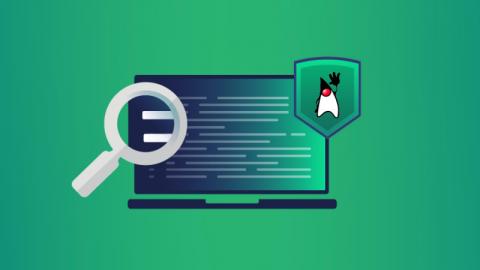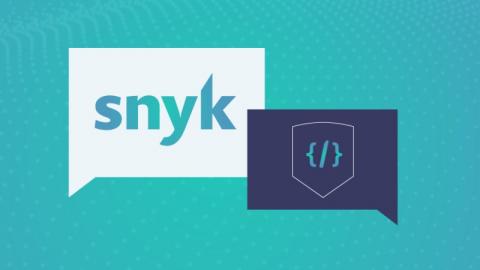Scanning Red Hat Quay registry images for vulnerabilities with Snyk
We’re excited to share that you can now scan container images stored in Red Hat’s Quay container registry and their hosted Quay.io service with Snyk Container. Snyk Container helps you find and fix vulnerabilities in your container images and integrates with Quay as a container registry to enable you to import your projects and monitor your containers for vulnerabilities, as is fully described in our Snyk Container documentation.











